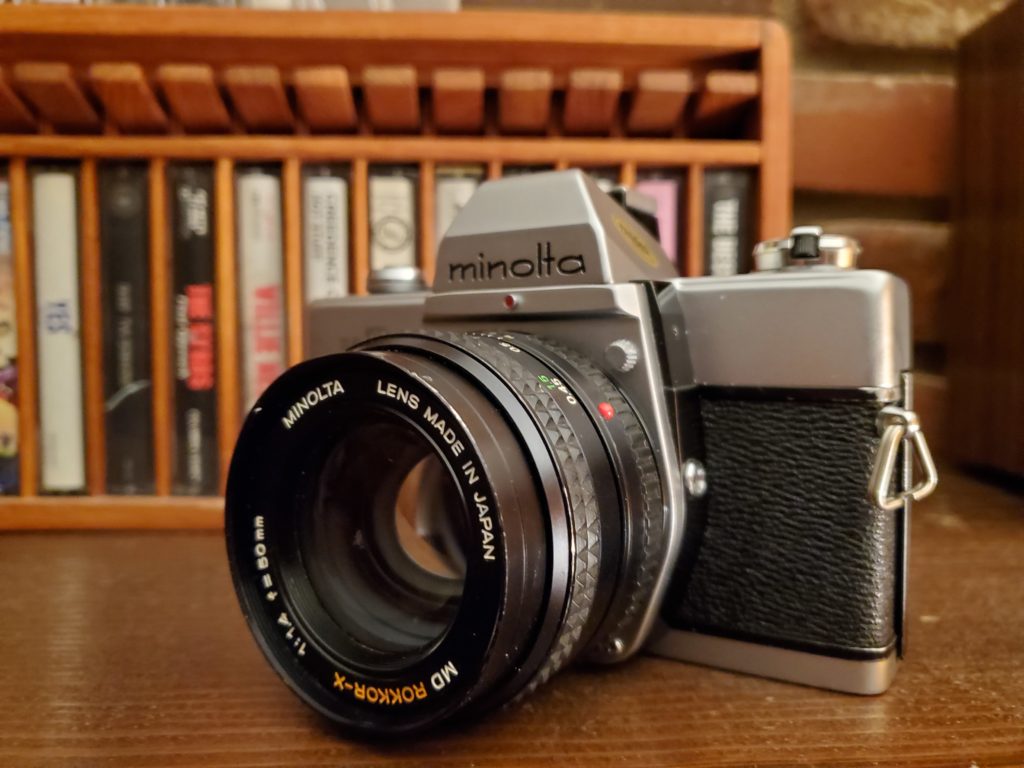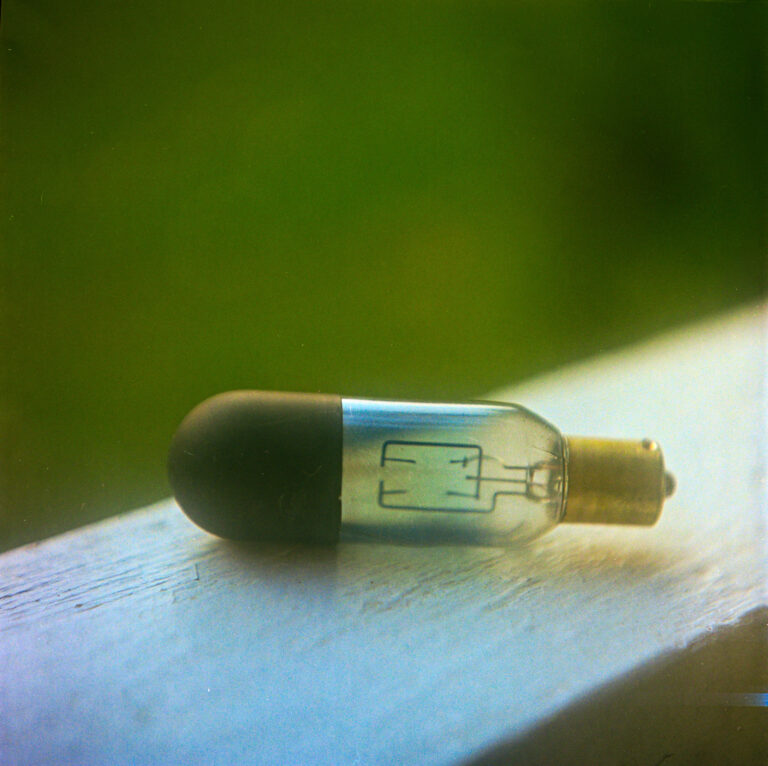It almost seems like magic.
In the 2020s, we’re surrounded by every type of gadget imaginable. But there’s certain rules that we’ve accepted, no matter how advanced technology gets. For one, anything electronic needs a power source.
So then how does a camera from the 1960s know how much light is in a scene without using any kind of battery or external power adapter?
Well, I should come clean. I’ve picked my words very carefully, because this is a selenium meter, and they do use an external power source, in a sense.
That power source should be familiar to anyone who’s used a cheap solar calculator. That’s right, selenium meters are powered by the actual light they measure, using a type of early solar cell. So they never need a battery. Pretty clever!
It seems like a pretty great solution, and makes having to put batteries in otherwise manual cameras suddenly seem like a chore. So why did cameras stop using them in favor of the newer (battery-powered) CdS meters in the 1970s, like the one in this Minolta?

It turns out the selenium meter’s greatest strength is also its greatest weakness. Because they require light to function, they’re pretty useless in low-light situations. Use a selenium meter in a dim room or at night, and you’ll find that the reading is pretty much always “zero”.
This was probably not much of a concern when high sensitivity film wasn’t available and photographers were using a flash for indoor scenes anyway. But later on, as faster film became available, more sensitive meters started to become a necessity.
Selenium in the Modern Era
So where does that leave us today? I think the lack of sensitivity is less of an issue, because the majority of the film stocks available today are under 400 ISO. And believe it or not, it’s reasonably easy to find selenium cameras and meters that still work. It’s pretty impressive to think that they’ve been measuring light without any kind of battery for ~60 years in some cases!

That brings us to another downside of these meters: They have a limited lifespan. Decades of sun exposure will burn out the cells. The meters that still work are usually the ones that were stored in a dark place, often in their protective case. It’s best to always assume they don’t work, unless the seller explicitly says they do.
I love these types of meters because you never have to worry about tracking down the right batteries, or keeping replacements around. I don’t think they should be your only meter, but for some types of photography, they’re really great. And a little bit magic.







Leave a Reply